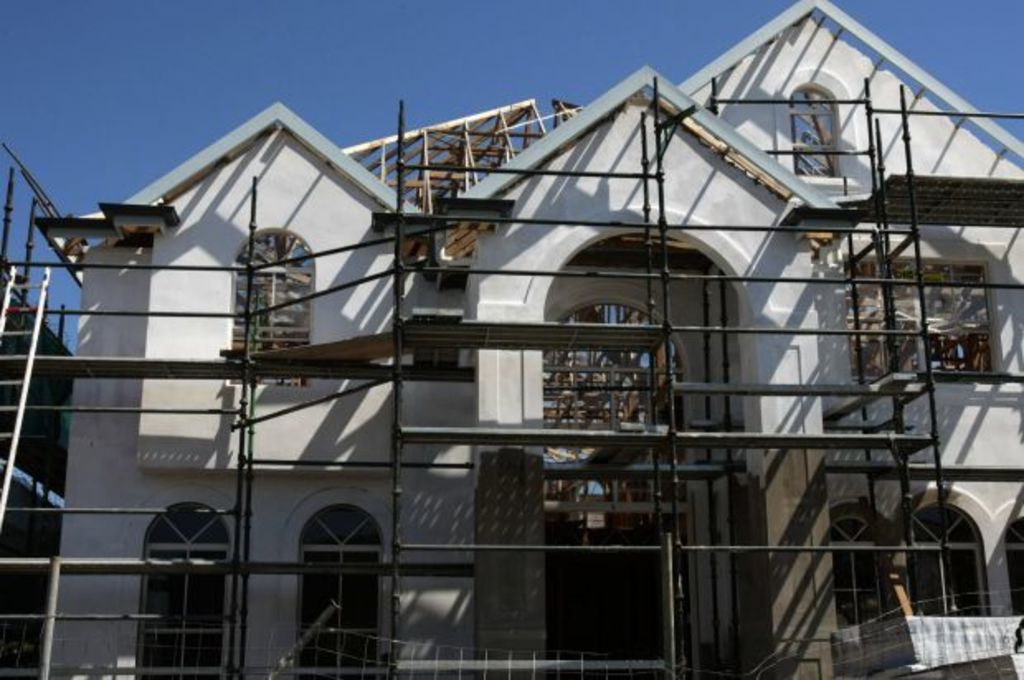House energy ratings face being overtaken by a warming climate

Australia’s minimum energy standards for new homes are based on climate data that is decades old, overestimating their true performance as weather conditions in many parts of the nation warm.
The Nationwide House Energy Rating Scheme (NatHERS) has set a minimum standard of six out of 10 stars since 2010 for most states. NSW’s BASIX program updated its standard last year to about a six star equivalent.
The scheme, though, relies on data from 69 climate zones based on a so-called typical meteorological year using monthly information “from before 1986 to the end of 2005”, sourced from the Bureau of Meteorology.
NatHERS, run by the federal environment department, is now consulting on how to update its climate files ahead of a review, held every three years, due in 2019.
The body, though, may be able to include any changes before a May deadline, meaning any rebasing would not take place until 2022 or later. The ratings themselves were last changed in 2010.
“Due to the impact that [temperature data] changes to NatHERS software can have on regulation, the proposed changes and impact would then need to be assessed by the Office of Best Practice Regulation and the Australian Building Codes Board who manage the National Construction Code,” a department spokesman, said.
“Depending on the scale of change, they may require a full regulatory impact assessment to be conducted.”
Any revision, though, would only apply to new ratings conducted after the changes, he said.
According to an energy efficiency consultant who advises governments, Australia’s ratings are based on data that is increasingly out of date as the climate warms.
Bureau figures supports that view. Nationwide mean temperatures have risen each decade since the 1940s, including at the rate of about 0.15 degrees per decade since the 1980s.
New suburbs springing up on the urban fringes are already prone to heat extremes and worse can be expected.
“The question is whether we stop basing the ratings on the past climate and if we’d be better off basing them on the future,” said the consultant, who declined to be named.
Places in Sydney’s sprawling west had one of their hottest January’s on record. Penrith had an average daily maximum last month of 34.8 degrees, or four degrees above average, including 47.3 degrees on January 7.
Lifting the climate base would have the effect of requiring more stringent construction standards to meet the same performance outcomes. These steps could include demanding less leaky homes and better insulation.
Michael Ambrose, a senior CSIRO experimental scientist, said Australia’s housing requirements were already low by international standards.
“In California, they laugh at it,” Dr Ambrose said. “It’s just appalling the leaky buildings you’re allowed to build here.”
Soaring energy prices may prompt consumers to change their priorities when considering new homes or renovations.
“People often ask: ‘what’s the biggest, cheapest building you can build?” Dr Ambrose said.
“Six-star sounds really good – like a 6-star hotel – but it’s not really that great,” he said.
Many residents were becoming more reliant on air conditioning, sometimes paying to cool their homes when they could just open their windows.
“When the cool change arrives, they are blissfully unaware,” Dr Ambrose said. “They miss out on that free cooling from outside.”
We recommend
We thought you might like
States
Capital Cities
Capital Cities - Rentals
Popular Areas
Allhomes
More







